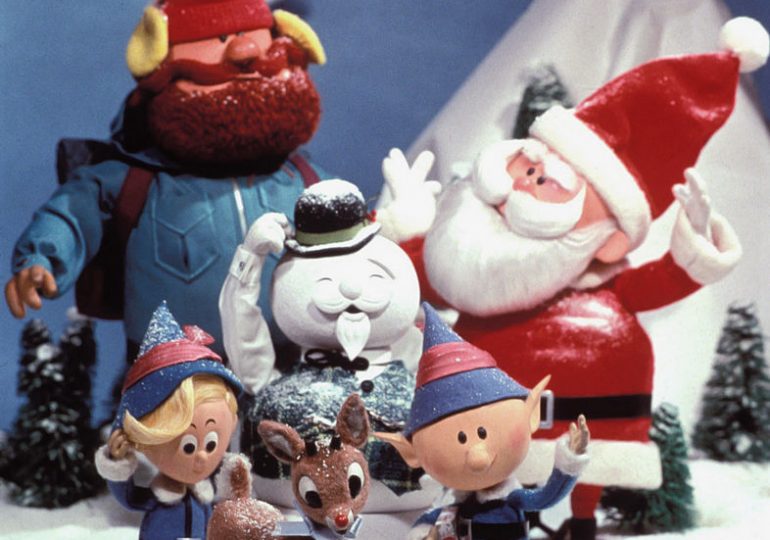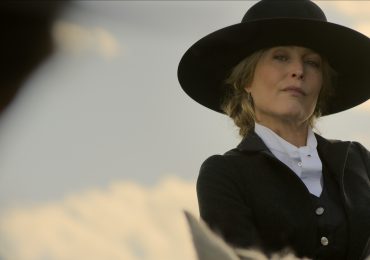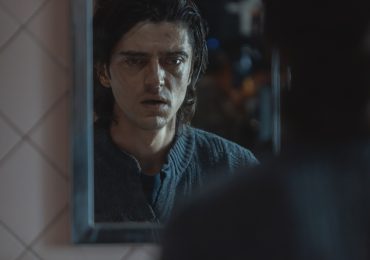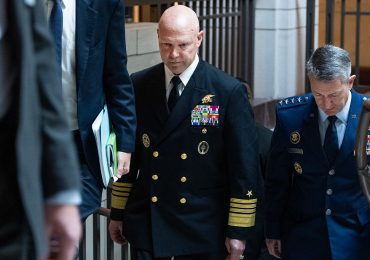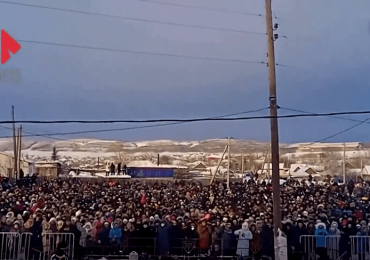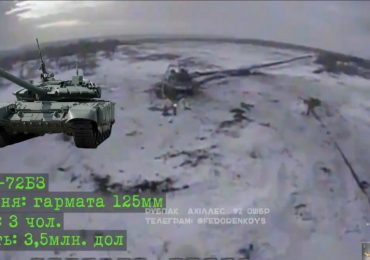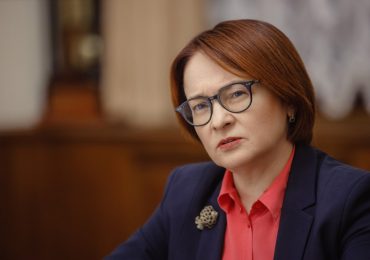Christmas may be on Dec. 25, but Christmas music begins playing at stores and restaurants well before to spark holiday cheer.
But several of the songs that are supposed to lift people’s spirits actually have some depressing origins stories. Others were made in homage to family members or inspired by poems or written to plead for peace.
“I was surprised that some songs were born in a time of crisis or war,” says Michael P. Foley, a professor at Baylor University who researched the origins of popular Christmas songs for his book Why We Kiss under the Mistletoe: Christmas Traditions Explained.
[time-brightcove not-tgx=”true”]
Below, TIME rounded up the most surprising back stories behind the most famous Christmas carols.
“Rudolph the Red Nosed Reindeer“
In 1939, Chicago copywriter Robert L. May created the character of Rudolph for the annual Christmas coloring booklet for the retail and catalog company Montgomery Ward.
May created a reindeer because his toddler daughter was crazy about the deer at Lincoln Park Zoo. Depicting Rudolph as an outsider was inspired by May’s own experience being picked on while growing up for being shy and small. May got the idea for Rudolph’s glowing nose from gazing out his office window and thinking about how Santa would be able to navigate through the fog over Lake Michigan. In 2018, his daughter Barbara May Lewis told TIME that her contribution to the song was suggesting that her father describe Santa’s stomach as a “tummy” in the line: “This fog, [Santa] complained, will be hard to get through / He shook his round head. (And his tummy shook too.)”
Rudolph’s story didn’t really become world-famous for another decade, until May’s brother-in-law Johnny Marks wrote the musical version that Gene Autry sang and the song topped the charts in 1949.
“Do You Hear What I Hear?“
Husband-and-wife songwriters Nöel Regney and Gloria Shayne penned the song in Oct. 1962 as a plea for peace amid the Cuban missile crisis—literally writing, “Pray for peace, people everywhere!”
“With the prospect of unspeakable war, my father was walking around New York and saw some babies and was very moved—and wrote the lyrics for ‘Do You Hear What I Hear?,’” Gabrielle Regney, the duo’s daughter, told GBH News in 2019. She says that when her parents wrote, “A star, a star, dancing in the sky,” they were referencing nuclear bombs.
“Silent Night“
The Christmas carol can be traced back to Austria. It was written by Joseph Mohr, a priest at the Catholic St. Nicholas Church in Oberndorf and first performed in 1818.
As Foley says, Mohr was “an Austrian priest who was very eager to celebrate a high mass for his congregation on Christmas, but the organ broke and couldn’t be repaired in time. So as consolation, he dusted off an old poem that he had written to commemorate the end of the Napoleonic Wars and then asked a friend to set it to music. And the result was ‘Silent Night.’”
“Little Drummer Boy“
The American composer Katherine Kennicott Davis wrote the song in 1941. She originally called it “Carol of the Drum” and wrote it under the pseudonym C.R.W. Robertson.
“[One day], when she was trying to take a nap, she was obsessed with this song that came into her head and it was supposed to have been inspired by a French song, ‘Patapan,’” According to Claire Fontijn, a musicologist at Wellesley College, the idea for the song came to Davis when she was trying to take a nap, and stop thinking about the French song “Patapan” and it kept playing in her head like “pa-rum-pum-pum.” That’s how those lyrics ended up in “Little Drummer Boy.”
The version performed by Jack Halloran Singers in 1957 turned the song into a global hit.
“Carol of the Bells“
The song is an English version of a Ukrainian folk chant by Mykola Leontovych in 1916 called Shchedryk (“Bountiful Evening”), about a sparrow flying around a home. It was traditionally sung on Jan. 13, the beginning of the new year in the Julian calendar.
According to Foley’s book, Peter J. Wilhousky, the arranger for the NBC Symphony Orchestra, heard the Ukrainian national chorus perform the song at Carnegie Hall around 1922. At the time, the group was traveling as part of a cultural diplomacy mission to promote Ukrainian independence efforts. Wilhousky decided to write new, Christmas-themed lyrics for it, which he copyrighted in 1936.
Exactly a century after that Carnegie Hall performance, the theater staged another performance of it during the Russia-Ukraine war and proceeds from the concert went to Ukraine’s defense efforts.
“It Came Upon the Midnight Clear“
Similar to “Do You Hear What I Hear?,” this carol was inspired by wartime anxieties. Unitarian minister Edmund Sears at a Wayland, Mass. church wrote it in 1849.
According to the Dictionary of Unitarian & Universalist Biography, Sears composed the lines while he was depressed and thinking of revolution in Europe and the Mexican-American war.
“The Christmas Song“
Musician Mel Tormé and his writing partner Robert Wells composed this song in July 1945 at Wells’ California home in an effort to beat the heat.
Tormé came across a spiral notepad with snippets of lyrics: “Chestnuts roasting on an open fire / Jack Frost nipping at your nose / Yuletide carols being sung by a choir / And folks dressed up like Eskimos.” As Tormés’s son recapped what Wells said to his father in a 2017 NPR interview, “You know, Mel, I have tried everything to cool down. I’ve been in my pool. I had a cold drink. I’ve taken a cold shower. I’m nothing but hot. And I thought that maybe, you know, if I could just write down a few lines of wintery…verse I could psychologically get an edge over this heat.” About 45 minutes later, Tormé had the music written.
The duo presented the finished product to Nat King Cole, who made it famous, recording it three times throughout his career.
“What Child Is This?“
It was written in 1865 by an insurance company manager named William Chatterton Dix based in Glasgow, Scotland. According to Foley’s book, he got seriously sick in his 20s, and when he recovered, he was a born-again Christian. He penned several hymns, but “What Child Is This?” (originally entitled “The Manger Throne”) is the one that came to be sung around the world after it was set to the tune of “Greensleeves” in 1871.
Leave a comment
